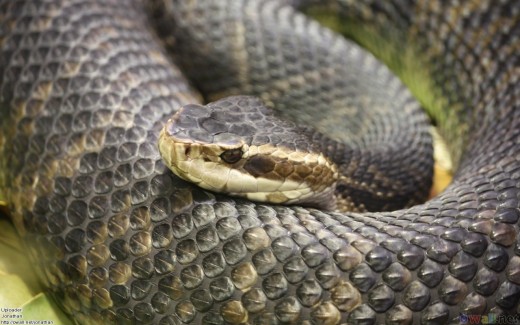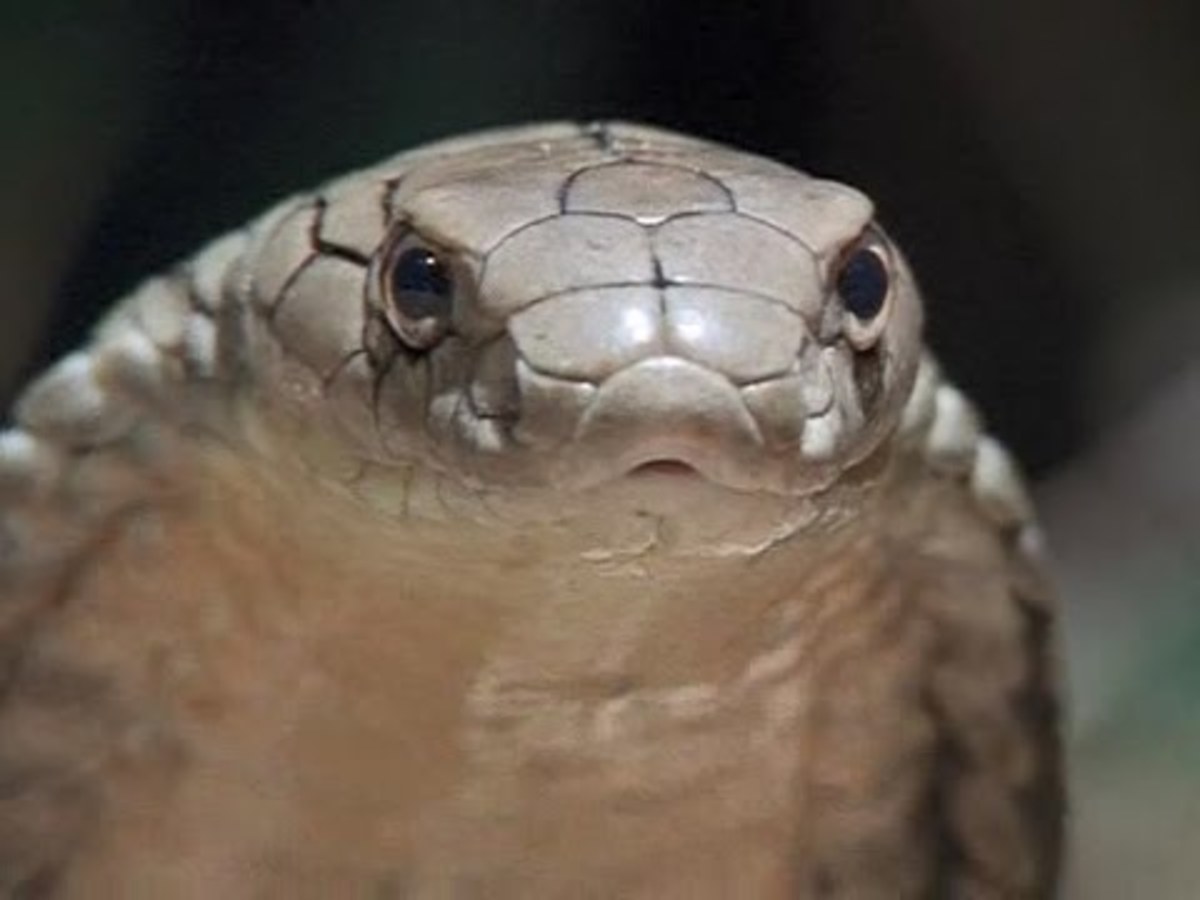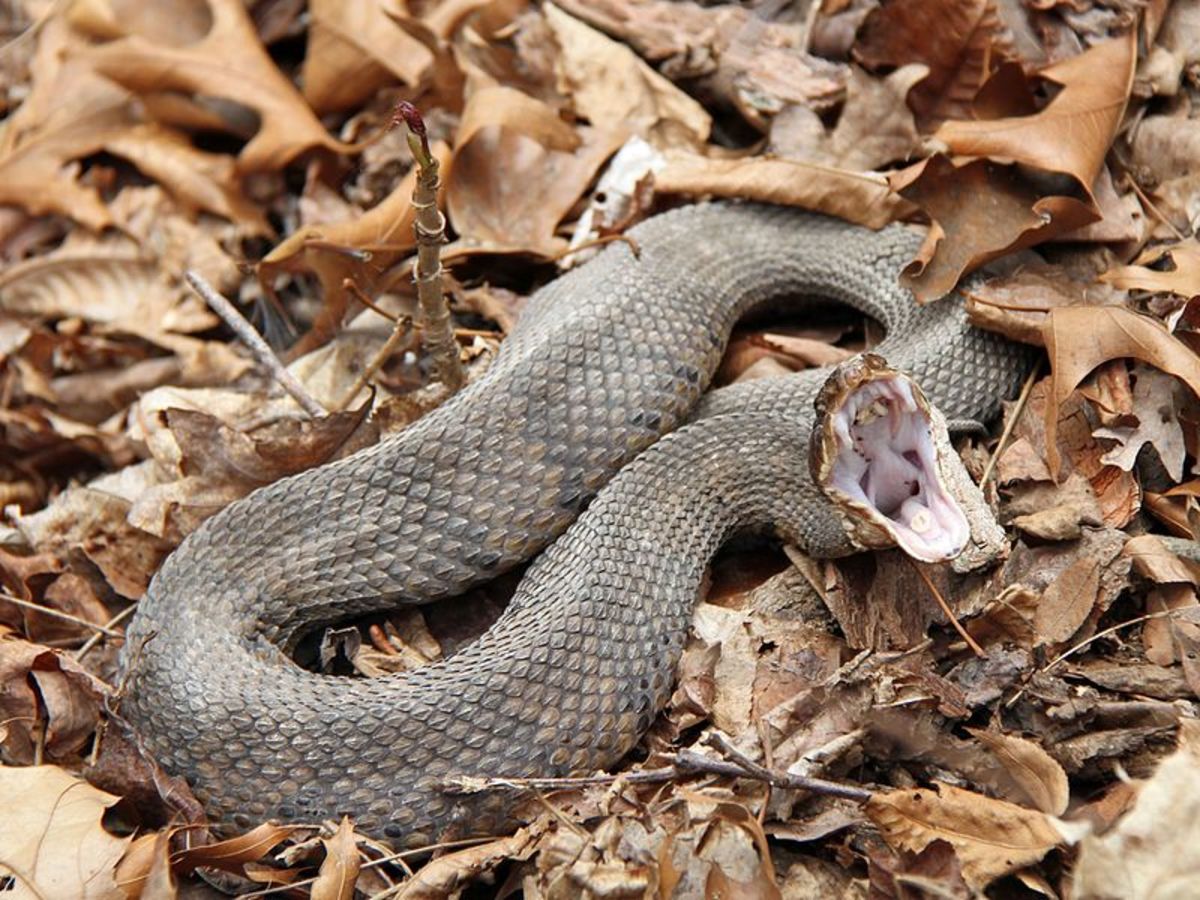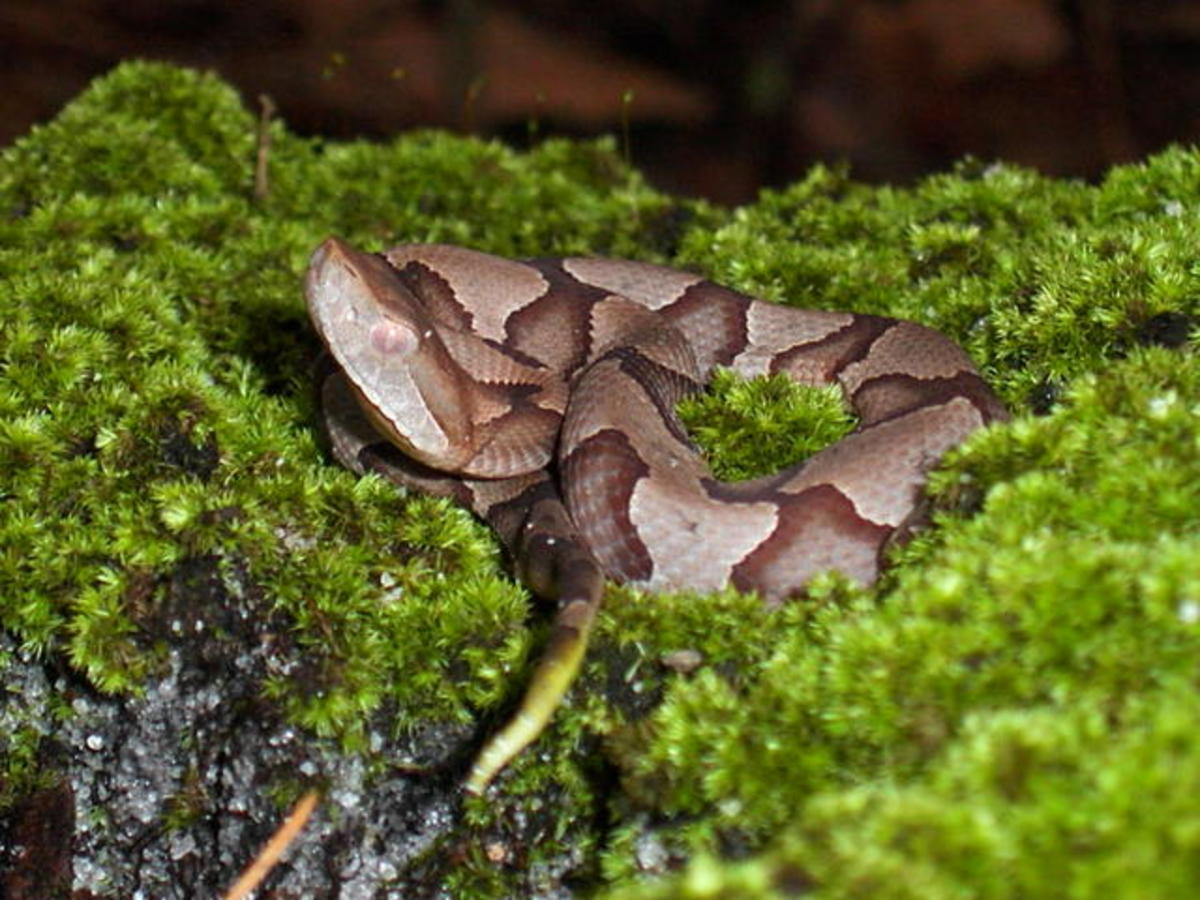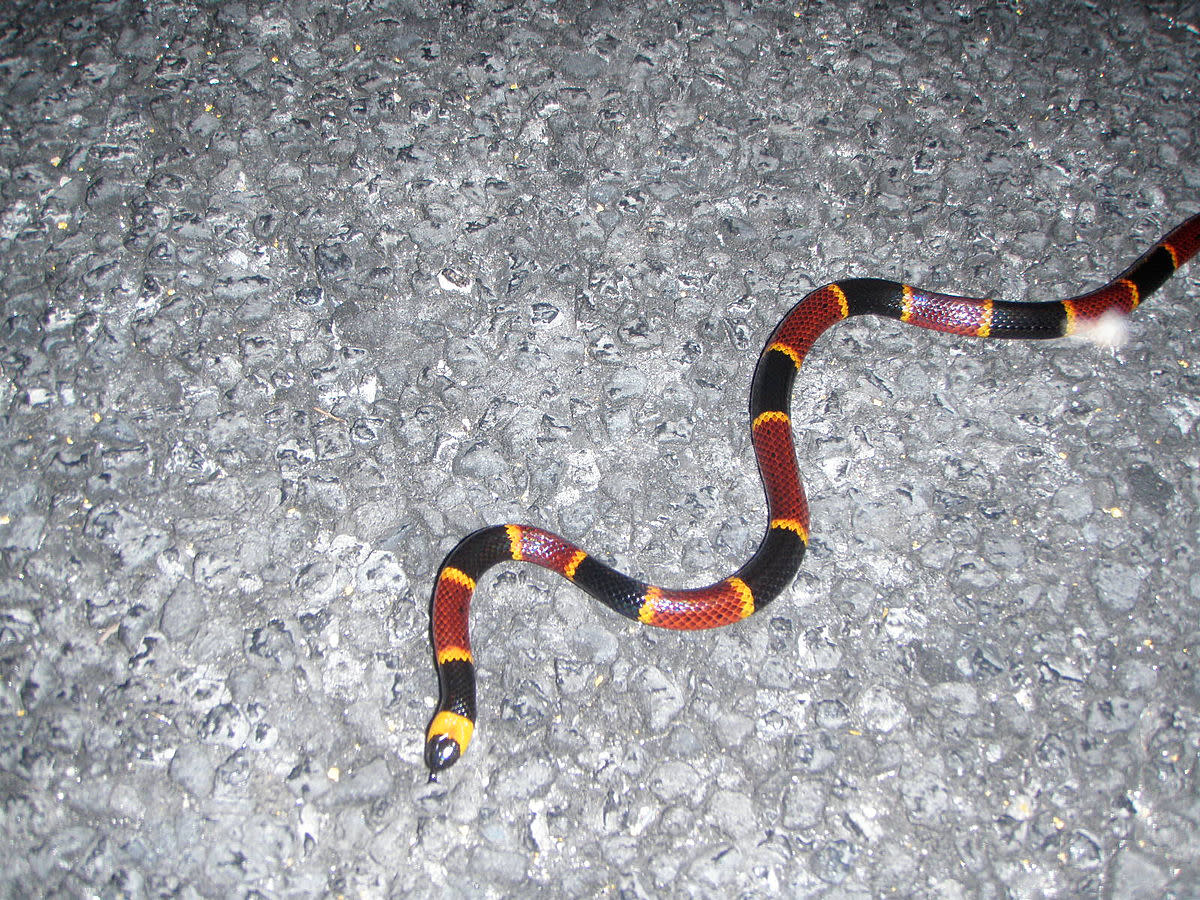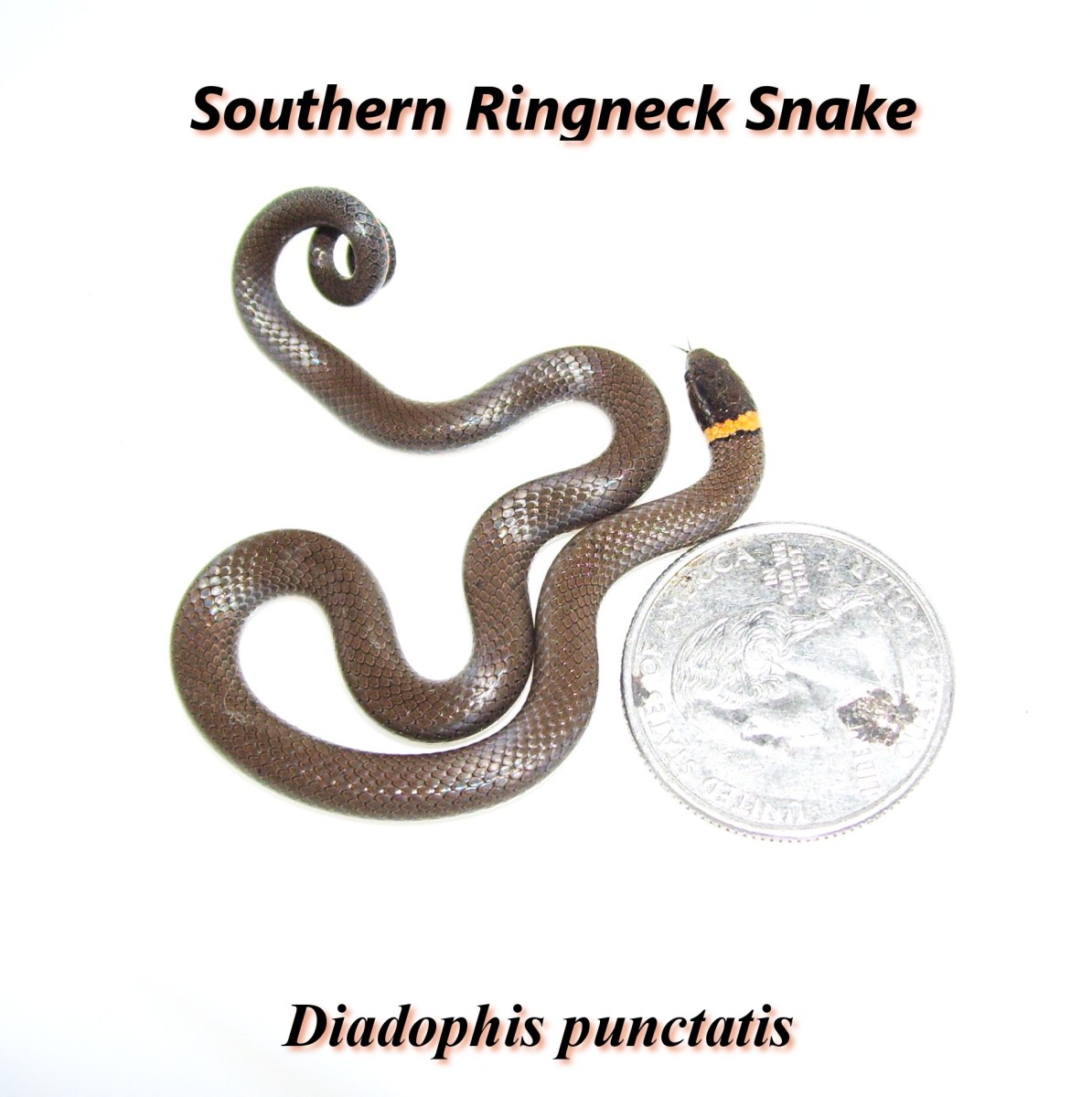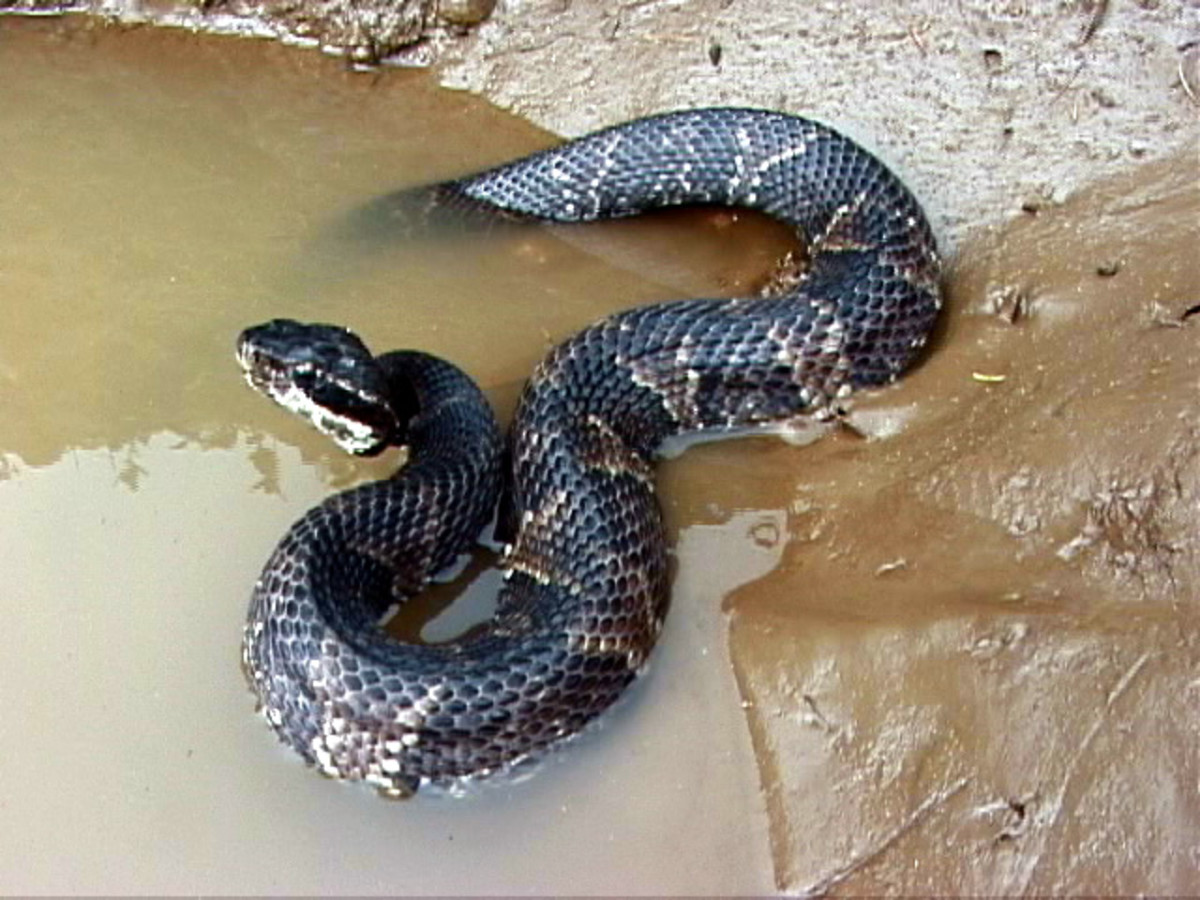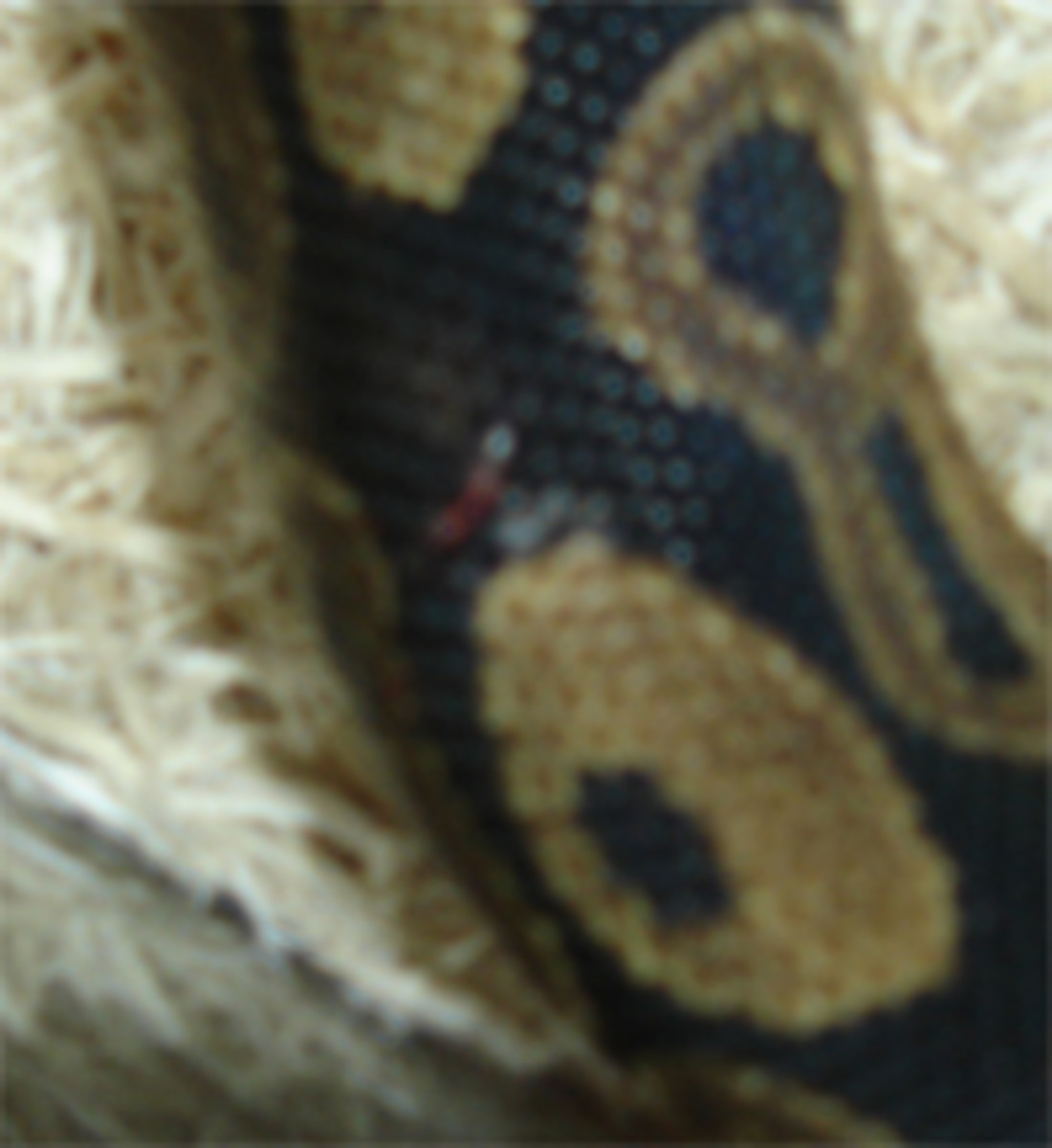Poisonous Snakes In The United States
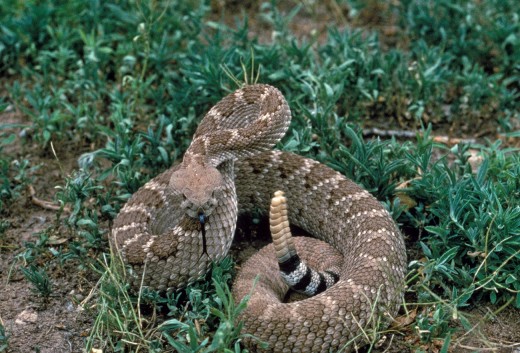
Poisonous Snakes In The United States
the average is about five deaths from snake bites a year in the United States with about 8000 people a year being bitten by poisonous snakes a year in the United States. As many as 45.000 people a year are bitten by snakes every year in the United States. As you can see very few snake bites result in death though a bite from a poisonous snake is very dangerous and you can be killed by being bitten by a poisonous snake.
If you are ever bitten by a poisonous snake you will probably know it but here are common symptoms of being bitten by a poisonous snake.
1. You could have blurred vision, dizziness and you could faint.
2. You could have a discharge of blood from the wound.
3. You could have mild to severe pain around the area of the snake bite.
4. You could have diarrhea.
5. You could have convulsions.
The best thing to do if you receive a snake bite and you think there is any chance at all that the snake could be a poisonous species you should seek medical attention at once. Call 911 or go to a Hospital Emergency Room at once. Try to describe the snake to the medical staff and tell them your concern. Do not delay in getting medical attention if there is any chance at all that you were bitten by a poisonous snake. I know its easy to say at this point but try to remain as calm as possible.
First of all if you see a snake and you think it might be of a venomous species get away from it at once. Never pick up a snake unless you know for certain that it is a safe non venomous species. If you have any doubt at all get away from the snake.
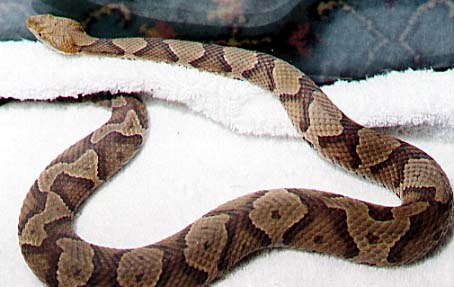
A lot of the time a Copperhead Snake will give a warning bite and may inject very little or no venom on the initial bite. This is known as a dry bite. It would take around 100 MG. of Copperhead Venom to kill the average human.
However know that the bite from a Copperhead can bring intense pain, tingling, numbness, throbbing and severe nausea. Tissue damage can also occur especially if the bite occurs on a hand or foot. A bite from a Copperhead should be taken very serious and you should seek medical help at once. If you know it was a Copperhead that bit you be sure to tell the medical staff or paramedics.
It is interesting to note that research is now being conducted with Copperhead Venom with cancer research and there have been some promising early results.
There are many different species of rattlesnake in the United States with the Eastern Diamondback Rattlesnake being the largest and most venomous of all the rattlesnakes. 100 - 150 MG. of venom from an Eastern Diamondback Rattlesnake can kill a human. The average Eastern Diamondback Rattlesnake has 450 MG. of venom when it is milked for its venom. Never believe the myth that a rattlesnake can not bite you unless it rattles because this is not true. Most of the time a rattlesnake will rattle to warn you it is in the area but not always.
Be warned that Coral Snakes quite often hold on and chew when they bite. The venom from a Coral Snake is particularly dangerous because it is a neurotoxin and it causes your respiratory system to shut down and stop you from breathing. Neurotoxins work on nerve cells. If you think you have been bitten by a coral snake get medical attention at once and tell them you may have been bitten by a coral snake. Warn them that the coral snake poison attacks the respiratory system.
I hope that the information here gives you some ideal about the poisonous snakes here in the United States. if you live in Florida especially south Florida use extreme care when approaching any snake. Cobras and Mambas have been encountered in south Florida. It has not been confirmed that these snakes are breeding and spreading like the Pythons but both species have bit people in the wild in south Florida. So use extreme care when approaching any snake.
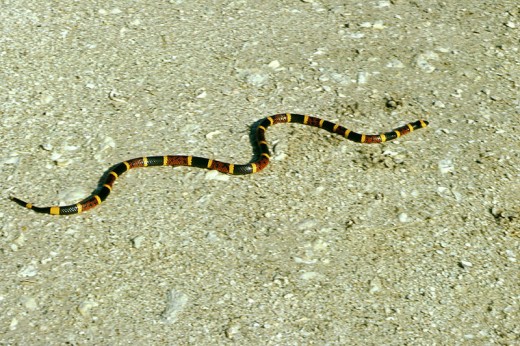
Ways To Avoid A Snake Bite
Never try to handle what may be a venomous snake. Venomous snakes should be left to the professionals. If you have any doubt at all about what kind of snake it is leave the snake along and get out of its way. Its always better to be safe rather than sorry. If you live in an area with a lot of snakes I would strongly suggest doing your own research and self education so you can learn to identify the types of snakes that live in your area.
In areas where snakes could be avoid tall grass or heavy brushy areas. Stay on trails or in clear area and watch the ground as you walk. Copperheads are often spotted on dirt roads or trails after thunderstorms in the southern United States. Wear boots with your pants or jeans tucked in if you know your going to be in a area with a lot of snakes.
Avoid climbing on or around rocks in a area where snakes are known to be. And this is almost anywhere especially in the American south. In the summer time especially avoid rocky areas as this is a favorite location of snakes including poisonous species. Coral snakes like to hide under fallen tree trunks and under rotten wood. Avoid all these areas to avoid getting a snake bite.
If you suspect a person has received a poisonous snake bite keep that person as calm as possible and get the person medical attention as soon as possible. If you call 911 let them know that you have a snake bite victim.
The Water Moccasin Also Known As The Cottonmouth
